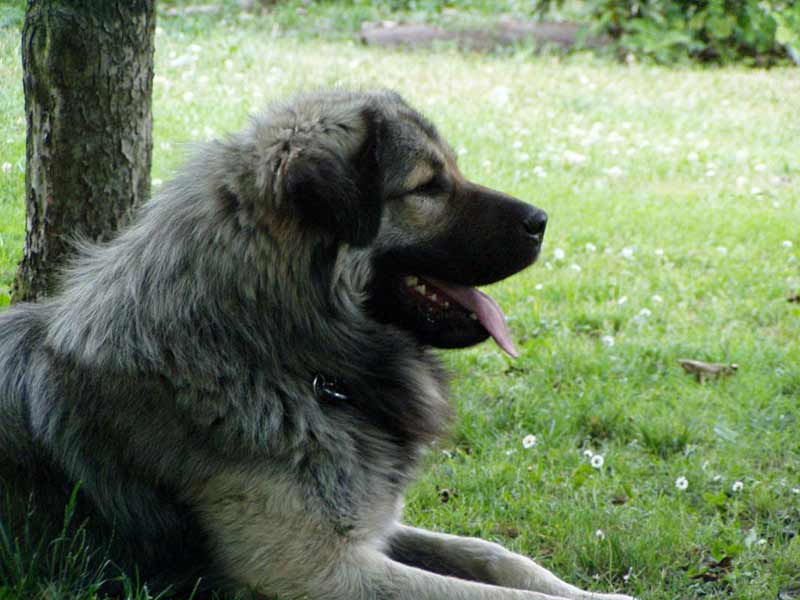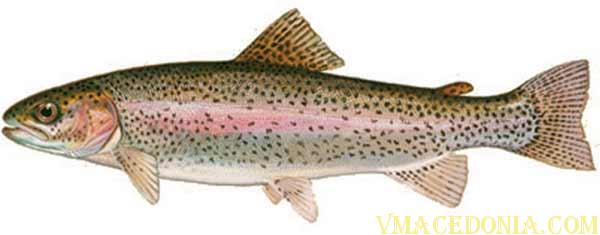Table of Contents
Macedonia Relief
As geologists have stated long ago, Macedonia — in a morphotectonic respect — resembles a chessboard. The macro relief of this small country was formed in a tectonic process into mountains and valleys. In the east, the mountains of Plackovica, Malesevo, Ograzden, Belasica, and Kozuf are located as a part of the Rhodope range, while in the west, the Sar-Pindus group of mountains includes Mt. Sar and its lesser peak of Titov Vrv (2,748m), Mt. Turcin (2,702m), Mt. Bristavec (2,675m), Mt. Ljuboten (2,498m), Mt. Kobilica (2,528m), Mt. Korab with the peaks Golem Korab (“Big Korab”) (2,753 metres above sea level — the highest peak in the country) and Mala Korapska Vrata (2,425m), Mt. Desat and Velivar Peak (2,373m), Mt. Bistra (2,101m), Mt. Stogovo with Golem Rid Peak (2,268m), Mt. Stogovo (2,218m) and Mt. Babin Srt (2,240m), Mt. Jakupica with peaks at Solunska Glava (2,539m) and Karadzica (2,472m), Mt. Galicica with Mataro Peak (2,254m), and Mt. Baba with peaks at Pelister (2,601m) and Veternica (2,420m).
Between these mountains a number of fertile fields are located, such as the Pelagonija plain of Bitola-Prilep, the Polog plain betwen Tetovo and Gostivar, the Skopje plain, the Ovce Pole plain, the Tikves plain, the Prespa plain, and sundry smaller, lesser plains.
Macedonian Flora
Macedonia belongs to the eastern Mediterranean and Euro-Siberian vegetation region. Hence the considerable number of plant species that encompass both their northern and southern geographic limits of growth in this relatively small area. The high mountain forests are dominated mainly by conifers, the most common of which is the pine tree, subject of many folk songs. The lower mountains are covered by beech and oaks: the Italian Oak and the Turkish Oak are often found in Macedonia, but the beech remains the most typical tree in low mountain forests. The spruce is also characteristic of plant life in Macedonia, as well as shrub groups of locust trees and lilacs.
Mt. Pelister, Bitola is known for the presence of the endemic Macedonian Pine, as well as some 88 species of plants representing almost 30 percent of Macedonian dendroflora. The Macedonian Pine forests on Mt. Pelister are divided into two communities; pine forests with ferns and pine forests with junipers. The Macedonian Pine, as a specific conifer species, is a relic of tertiary flora and the autochthonous five-needle pine Molika, was first noted on Mt. Pelister in 1893.
Macedonia’s limited forest growth also includes Macedonian Oaks, the sycamore, weeping willows, white willows, alders, poplars, elms, and the common ash. Near the rich pastures on Mt. Sar and Mt. Bistra, Mavrovo, is another plant species characteristic of plant life in Macedonia — the poppy. The quality of thick poppy juice is measured worldwide by morphine units; while Chinese opium contains eight such units and is considered to be of high quality, Indian opium contains seven units, and Turkish opium only six, Macedonian opium contains a full 14 morphine units and is undoubtedly the best quality opium in the world.
Macedonian Fauna
Macedonia is not a homogeneous zoogeographic territory; there are no natural borders to the north or south, and it represents a boundary area between two different zoological zones. After the last Ice Age, central European animals retreated to the high mountains in the new, warm climate, while Mediterranean species of animals penetrated from the south along the valleys. It is unique to Macedonia that central European animals usually found in the plains and valleys of Europe can be found in the high mountains of Macedonia.
The fauna of Macedonian forests is abundant and includes bears, wild boars, wolves, foxes, squirrels, chamois, and deer. The lynx is found, although very rarely, in the mountains of western Macedonia , particularly on Mt. Sar, while deer can be found in the region of Demir Kapija. Forest birds include the blackcap, the grouse, the black grouse, the imperial eagle, and the forest owl.
The shepherd dog of Mt. Sar is known worldwide as the sarplaninec. It stands some 60 centimeters tall and is a brave and fierce fighter that may be called upon to fight bears or wolf packs in guarding and defending flocks. The sarplaninec originates from the shepherd’s dog of the ancient Epirotes, the molossus, but the sarplaninec was recognized as its own species in 1939 under the name of “Illyrian shepherd” and since 1956 has been known as sarplaninec.
Lake Ohrid, Lake Prespa, and Lake Dojran represent a separate fauna zone, an indication of long-lasting territorial and temporal isolation. The fauna of Lake Ohrid is a relic of an earlier era and the lake is widely known for its letnica trout, lake whitefish, gudgeon, roach, podust, and pior, as well as for certain species of snails of a genus older than 30 million years; similar species can only be found in Lake Baikal.
Lake Ohrid is also noted in zoology texts for the European eel and its baffling reproductive cycle: it comes to Lake Ohrid from the distant Sargasso Sea , thousands of kilometres away, and lurks in the depths of the lake for 10 years. When sexually mature, the eel is driven by unexplained instincts in the autumn to set off back to its point of birth. There it spawns and dies, leaving its offspring to seek out Lake Ohrid to begin the cycle anew.
Macedonian climate and waters
The relief structures and the specific geographical location of Macedonia allow the collision and intermingling of the mild Mediterranean climate of the south and the harsh continental climate of the north. Consequently, Macedonia is characterized by cold, damp winters and dry, subtropical summers when temperature reaches 40 degrees Centigrade or higher.
The rivers of Macedonia mostly belong to the Aegean Basin, with a few emptying into the Adriatic . The river Vardar is the longest river with its 420-kilometre length. Beginning near the village of Vrutok near Gostivar, it empties into the Aegean Sea at Thessaloniki . Its right tributaries are the Treska (138km) and the Crna Reka (222km), as well as the smaller Topolka and Babuna. Its left tributaries are the Lepenec, the Pcinja (127km), and the Bregalnica (184km). Smaller river systems include the 103km-long Strumica River, which flows into the Aegean Sea, and the 122km-long Crn Drim River, which belongs to the Adriatic Basin.

Virtual Macedonia
Republic of Macedonia Home Page
Here at Virtual Macedonia, we love everything about our country, Republic of Macedonia. We focus on topics relating to travel to Macedonia, Macedonian history, Macedonian Language, Macedonian Culture. Our goal is to help people learn more about the "Jewel of the Balkans- Macedonia" - See more at our About Us page.
Leave a comment || Signup for email || Facebook |
History || Culture || Travel || Politics

















